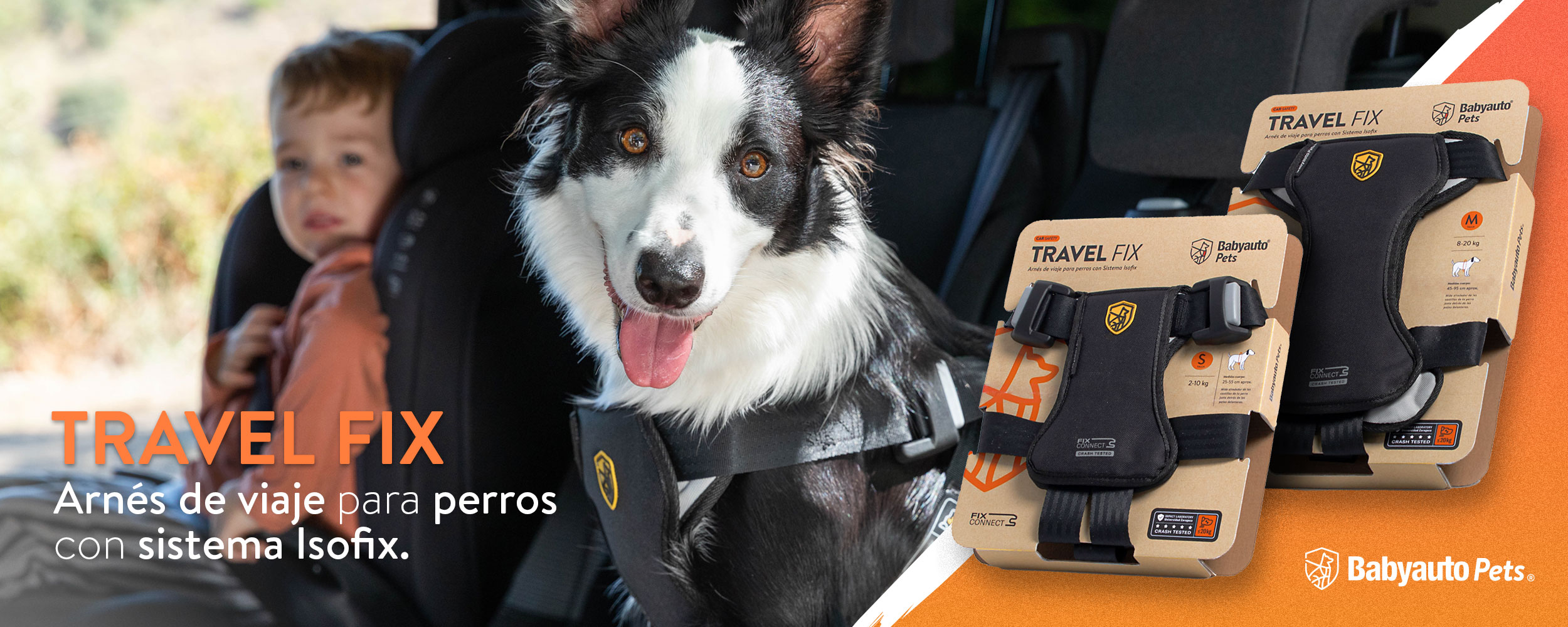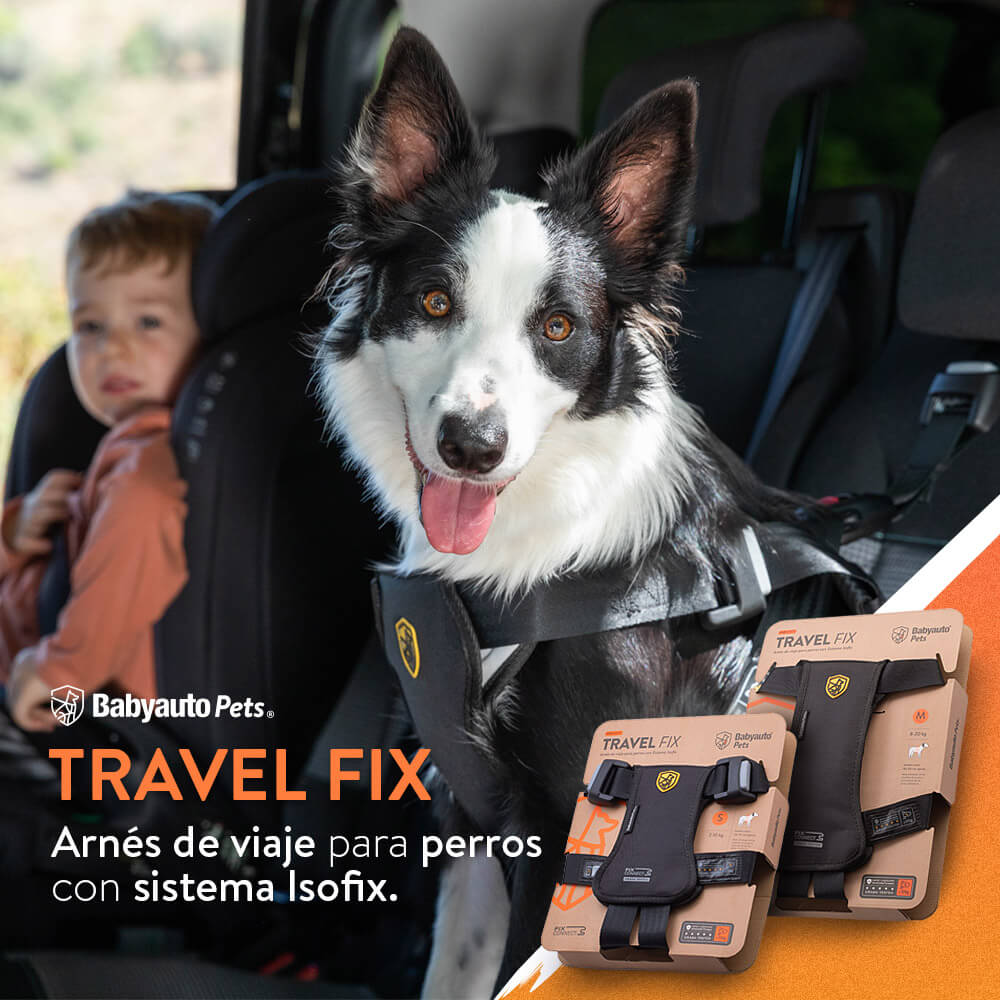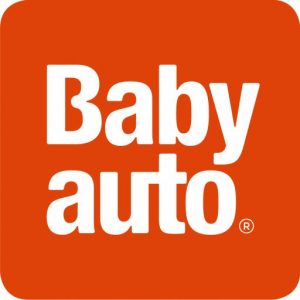This website uses cookies so that we can provide you with the best user experience possible. Cookie information is stored in your browser and performs functions such as recognising you when you return to our website and helping our team to understand which sections of the website you find most interesting and useful.
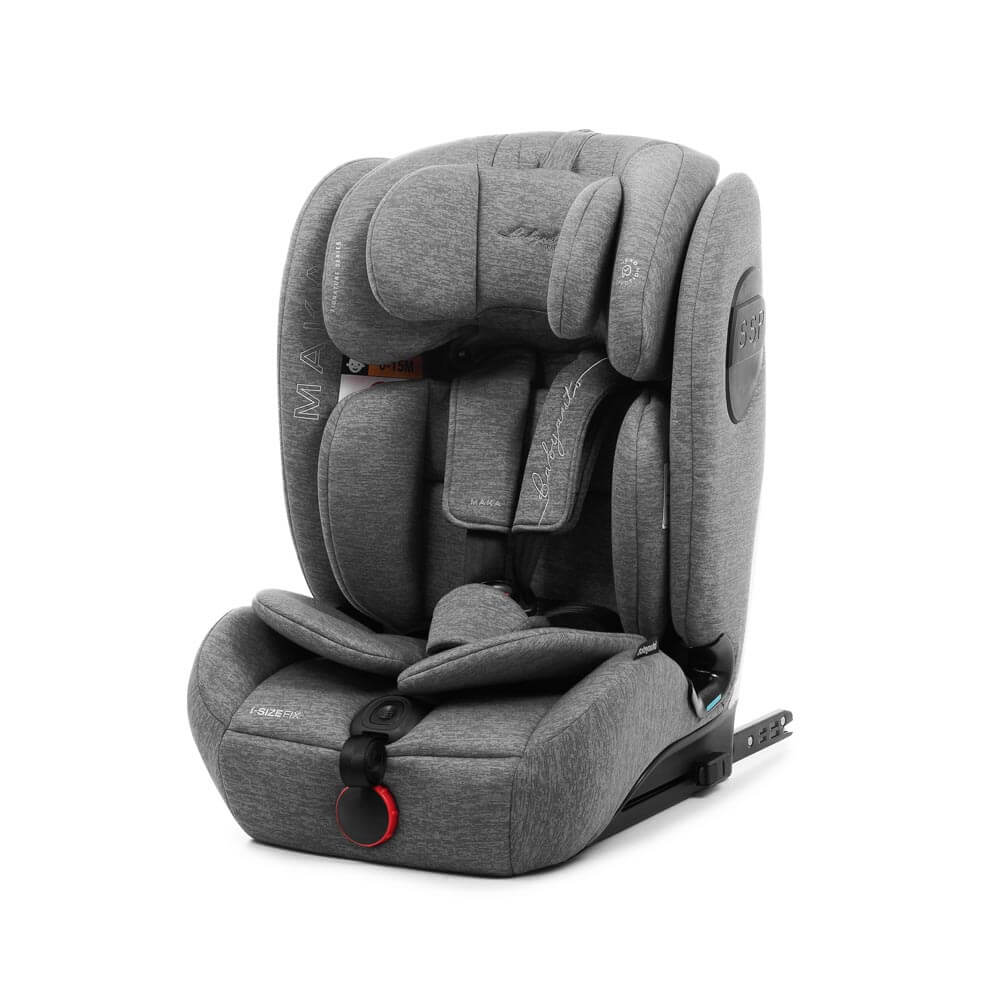
Maka
SIGNATURE
76 - 150 cm / 9 - 36 kg / 9 months - 12 years
Maka iSize car seat is a very easy to install seat thanks to its Isofix system combined with the Top tether anti-rotational system. With a very wide range of use, it can be used from approximately 76 and 150 cm in height. When the child measures between 100 and 150 cm, the harness is removed from the seat.
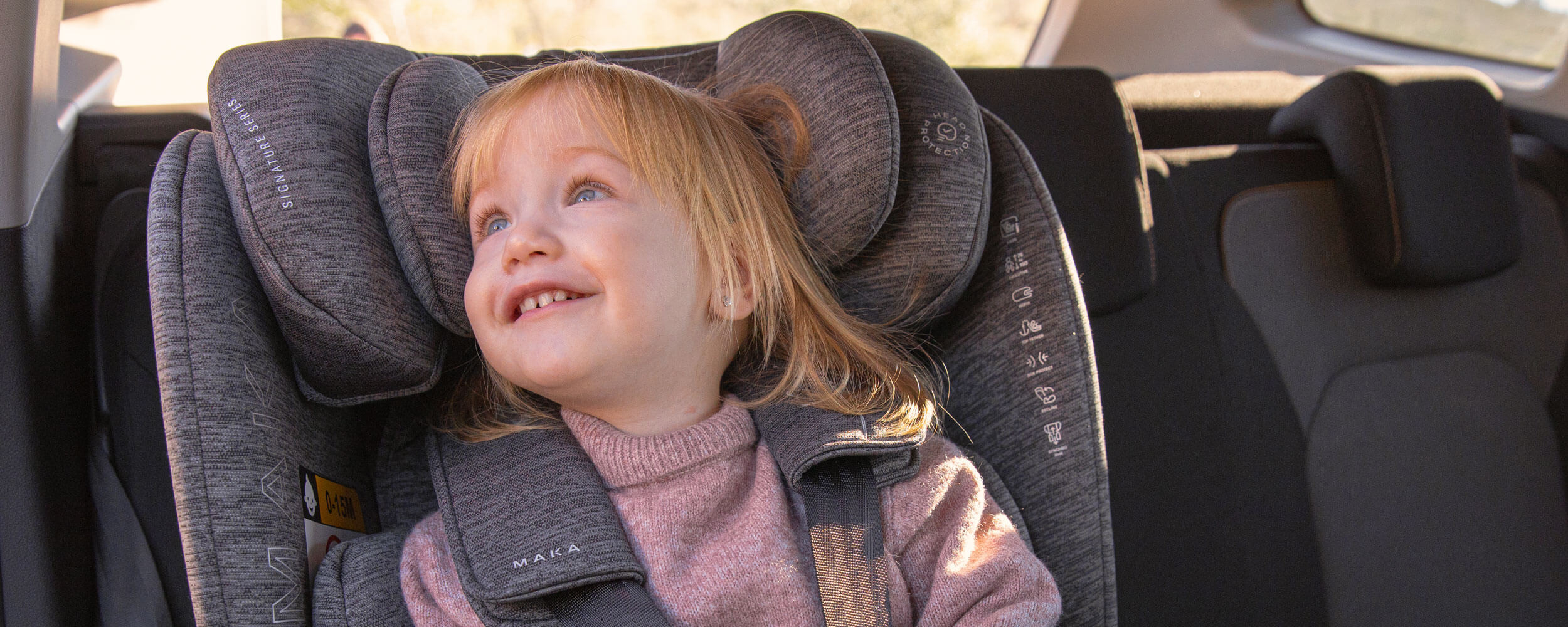
DESIGN
Everything what you and your child need
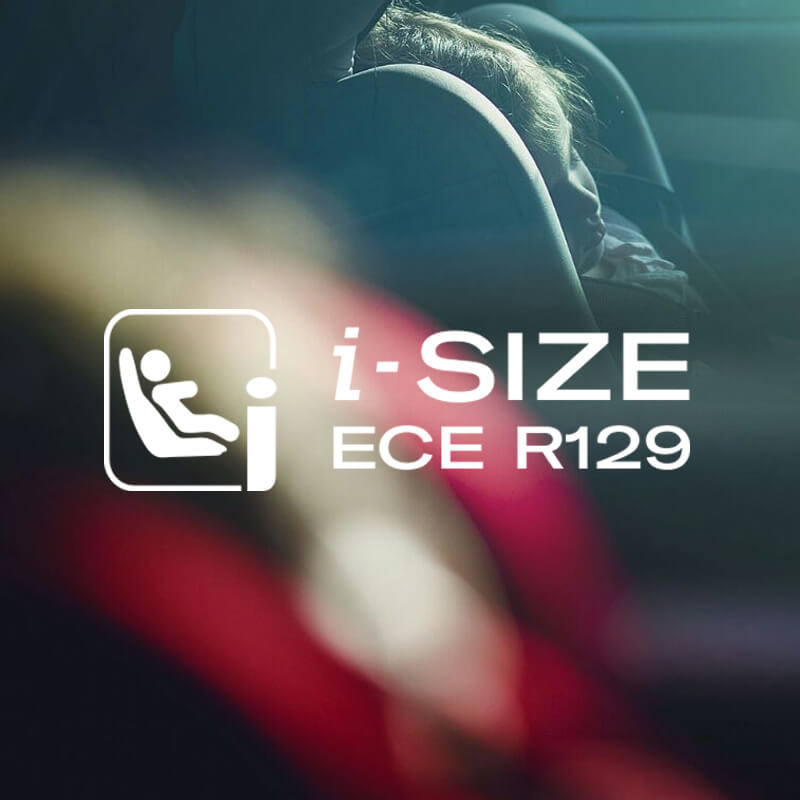
Maximum Safety
The i-Size standard classifies car seats by height. More intuitive and with less probability of error. Which means more security.
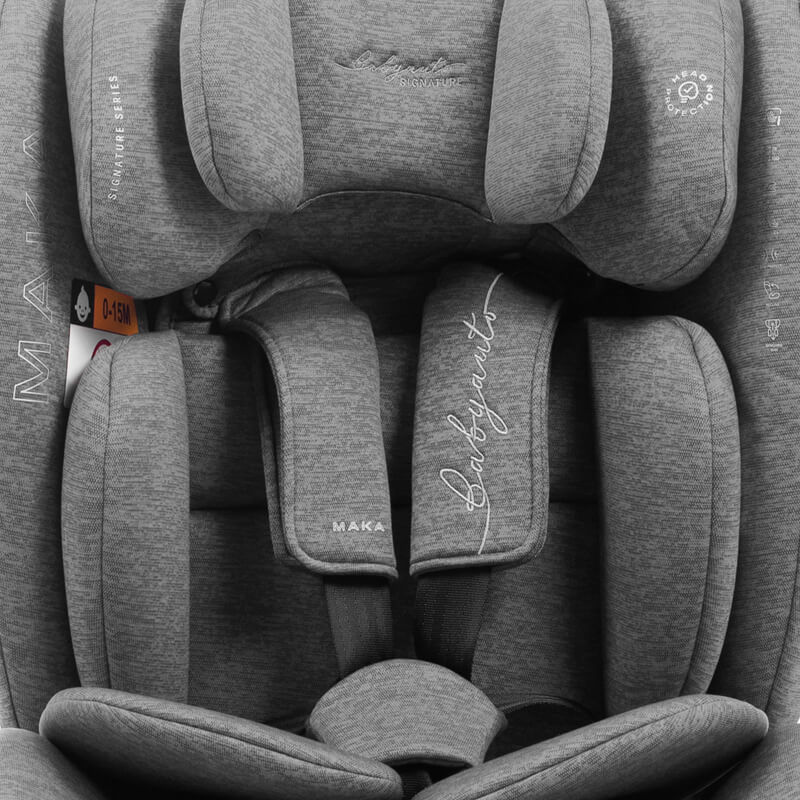
Super Padded
The little ones will enjoy long naps during trips, thanks to the padding of the seat and its reducing cushion.

Ease of use
Design thought to facilitate the life of moms and dads. Install the seat and forget about worries.
Main features
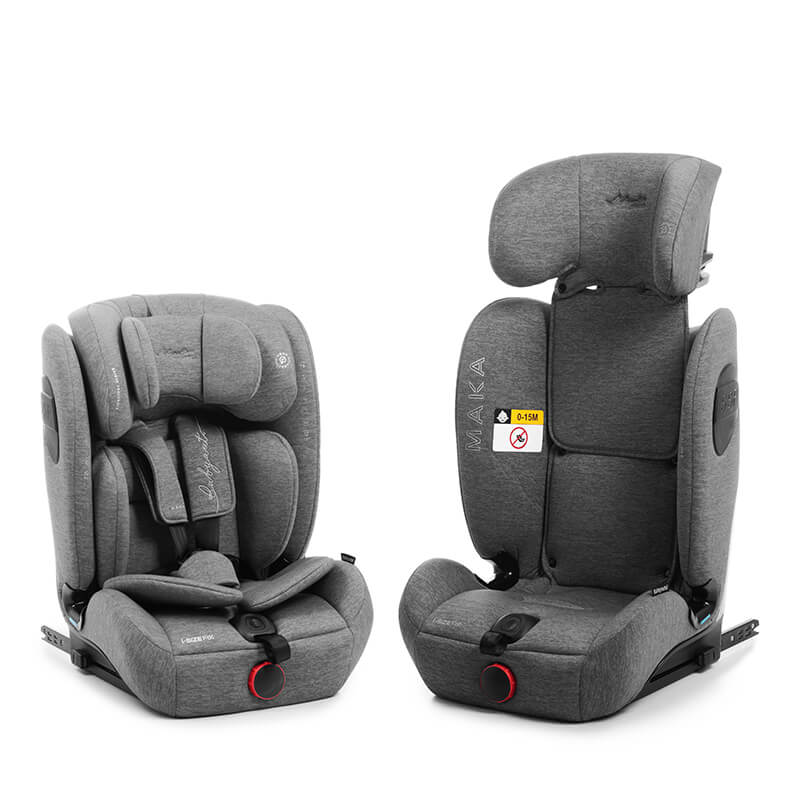
Evolutive system
The Maka iSize car seat adapts as the child grows, maintaining their comfort and safety.
Top Tether system
A device that will prevent the seat from tipping forward in the event of a collision.
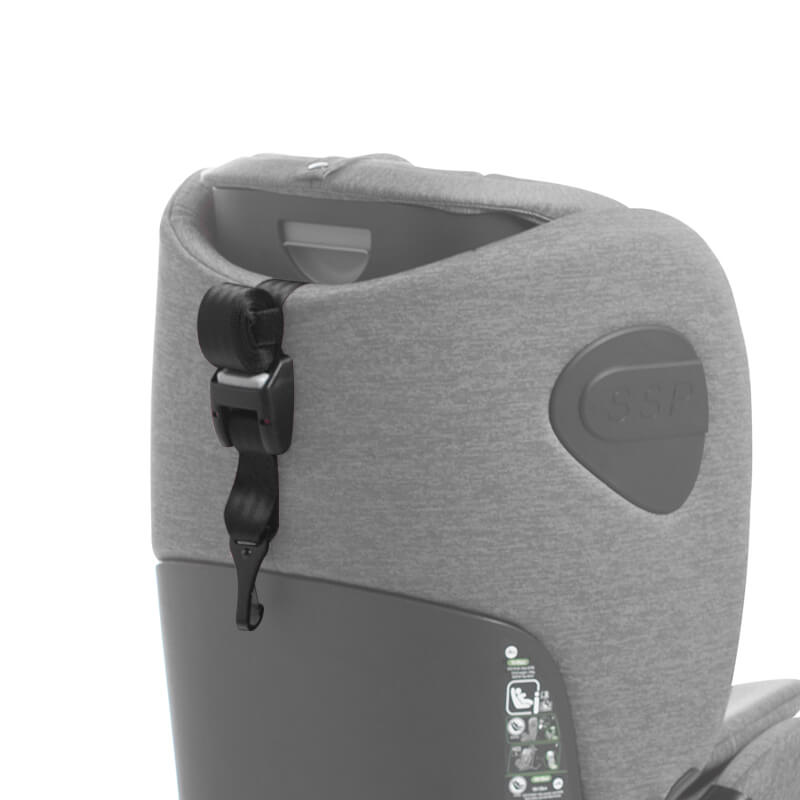
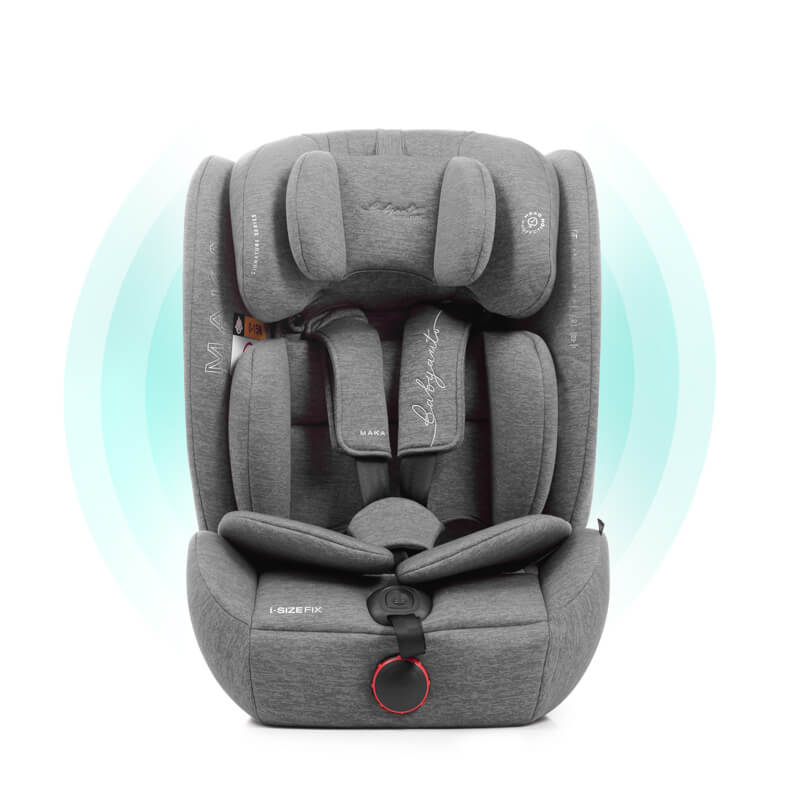
Side protection
This seat has a system on both sides of it that absorbs part of the impact in the event of a side collision.
Recline Adjuster
Turn the wheel to get the perfect recline position for your little one to travel in comfort.
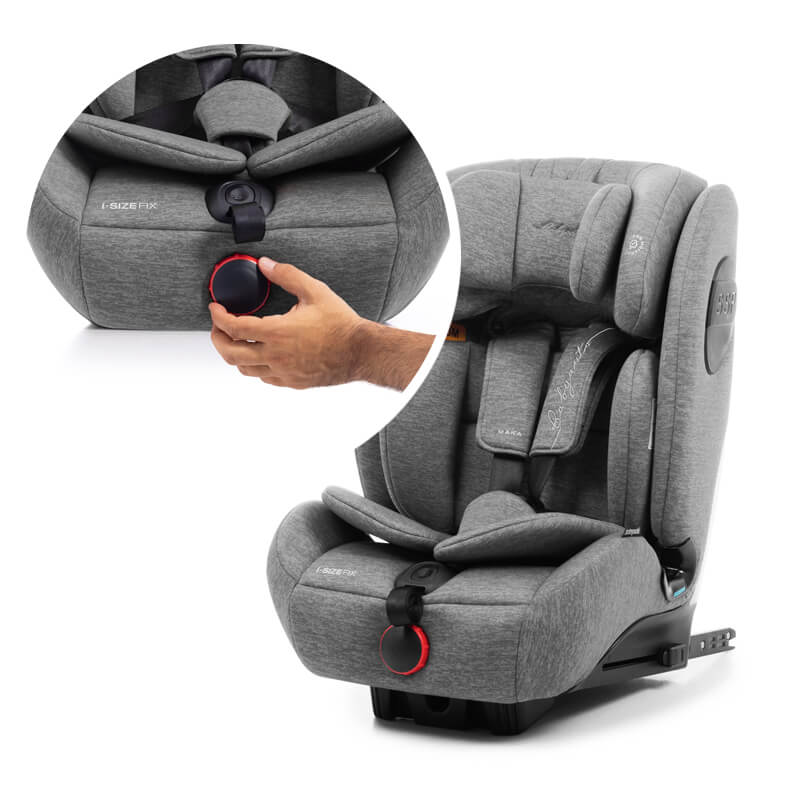
Even more
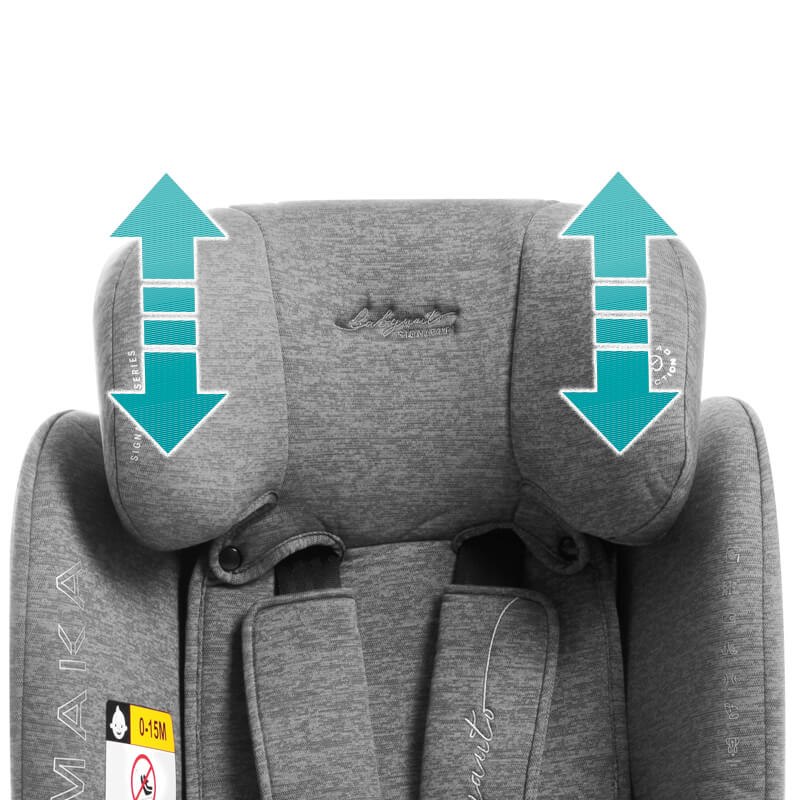
Adjustable
headrest
Fits together with the harness in height and allows to adapt to the growth of the child.
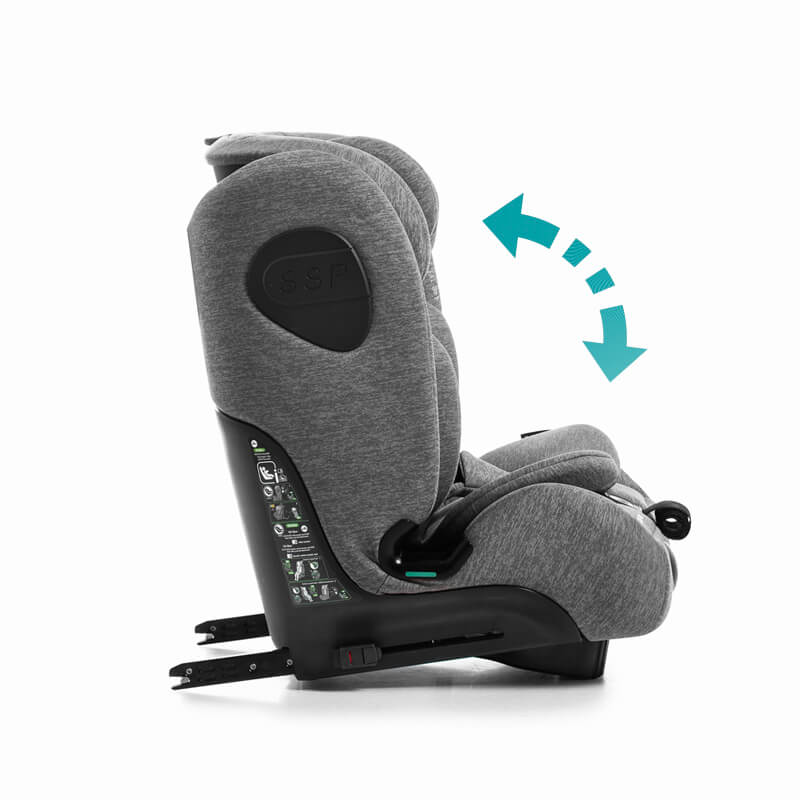
Top tether
anchoring
Together with the isofix arms, the top tether system avoid the seat to move forward in case of collision.
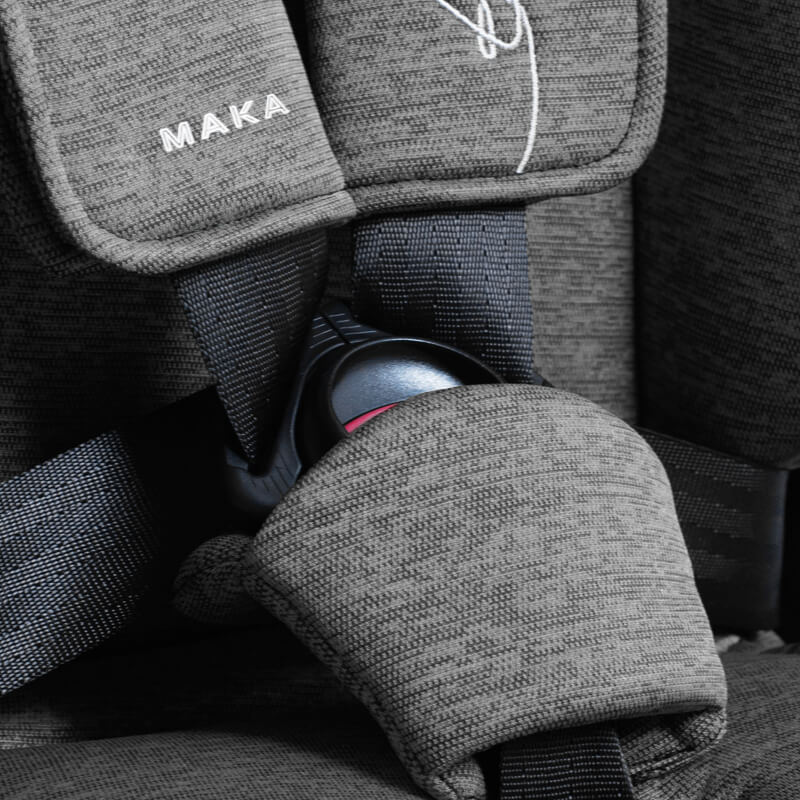
5 points safety harness
Better support by distributing the impact load between shoulders, hips and pelvis.
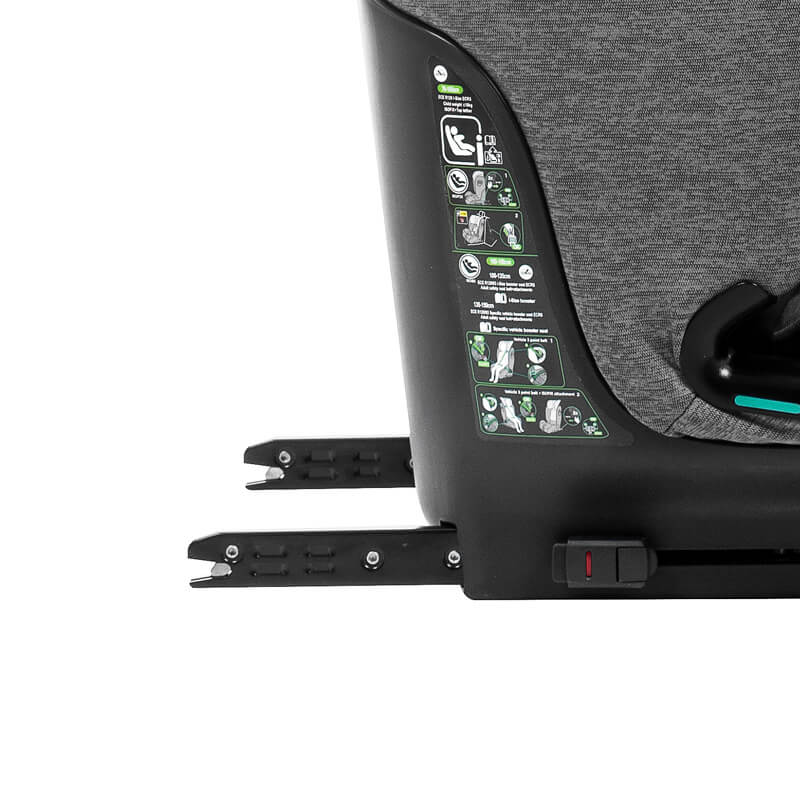
ISOFIX
connectors
The seat is securely and stably attached to the vehicle's Isofix anchorages.
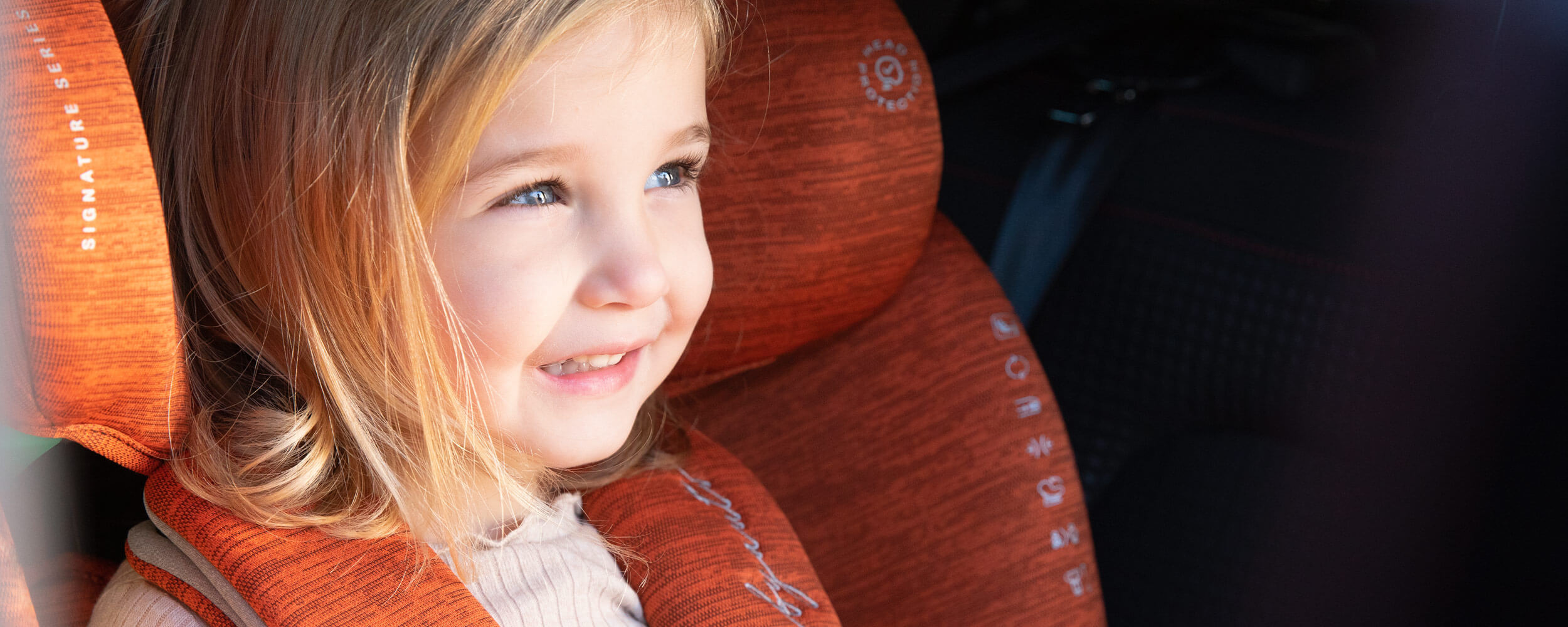
Do you need help ?
Car seats are one of the essential safety elements to protect your children on road trips.
Setting up the seat correctly is vitally important. That’s why we want to help you install it step by step.
DISCOVER
Their colours
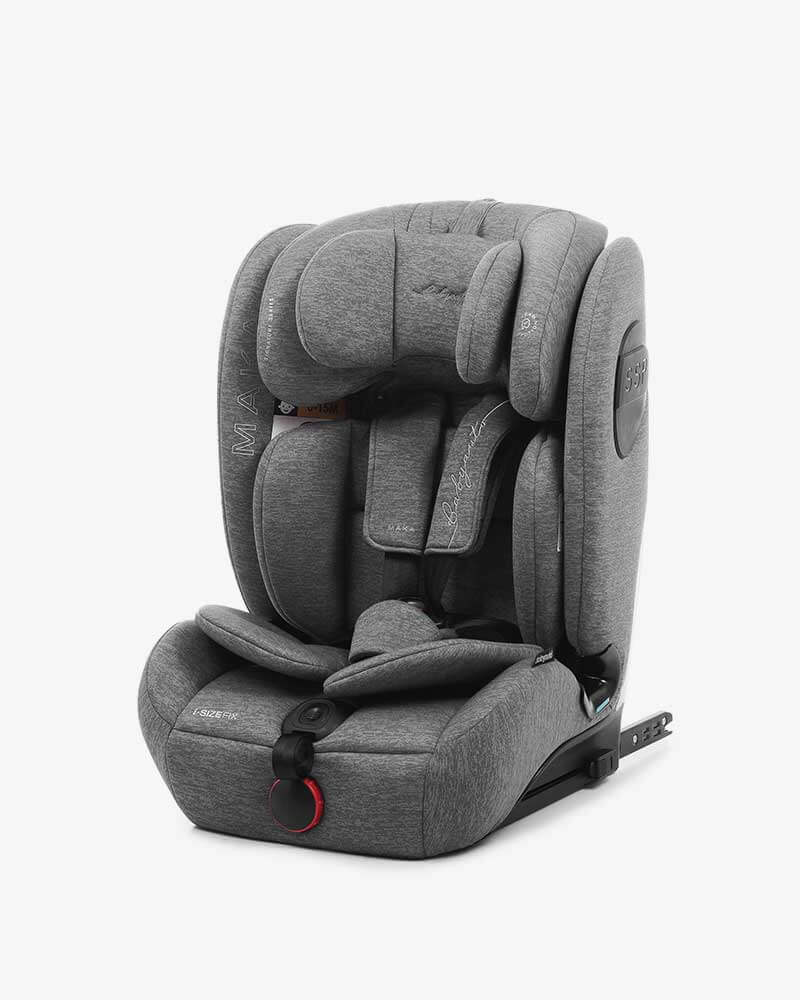
Grey Dobby
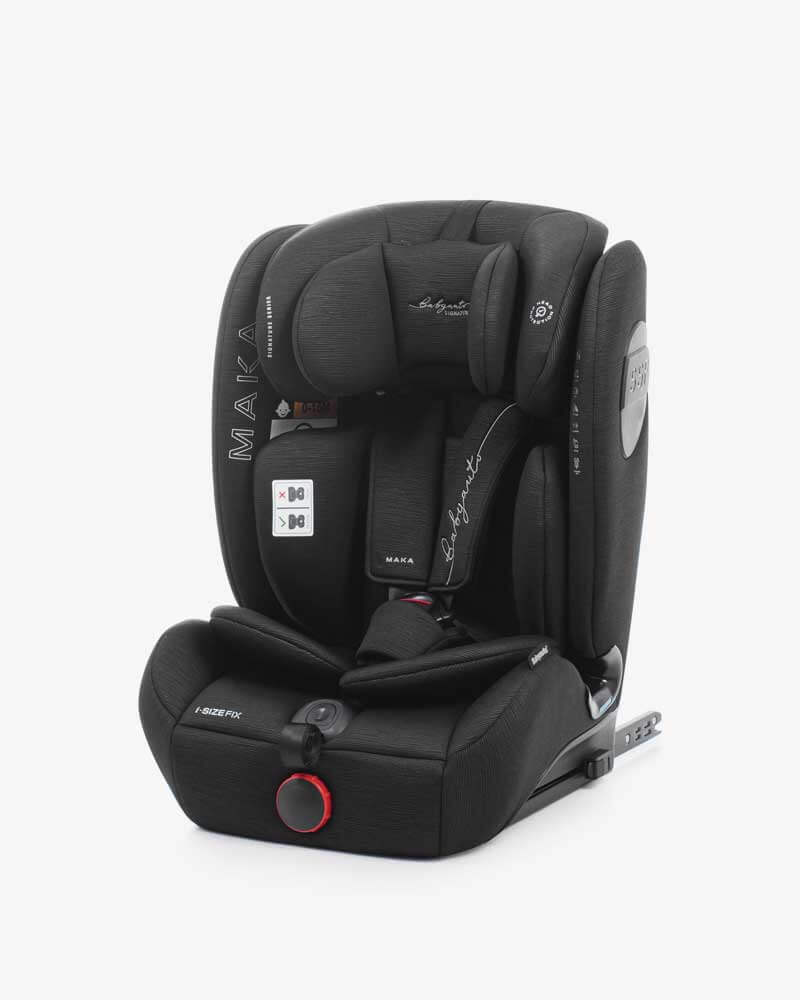
Black Line
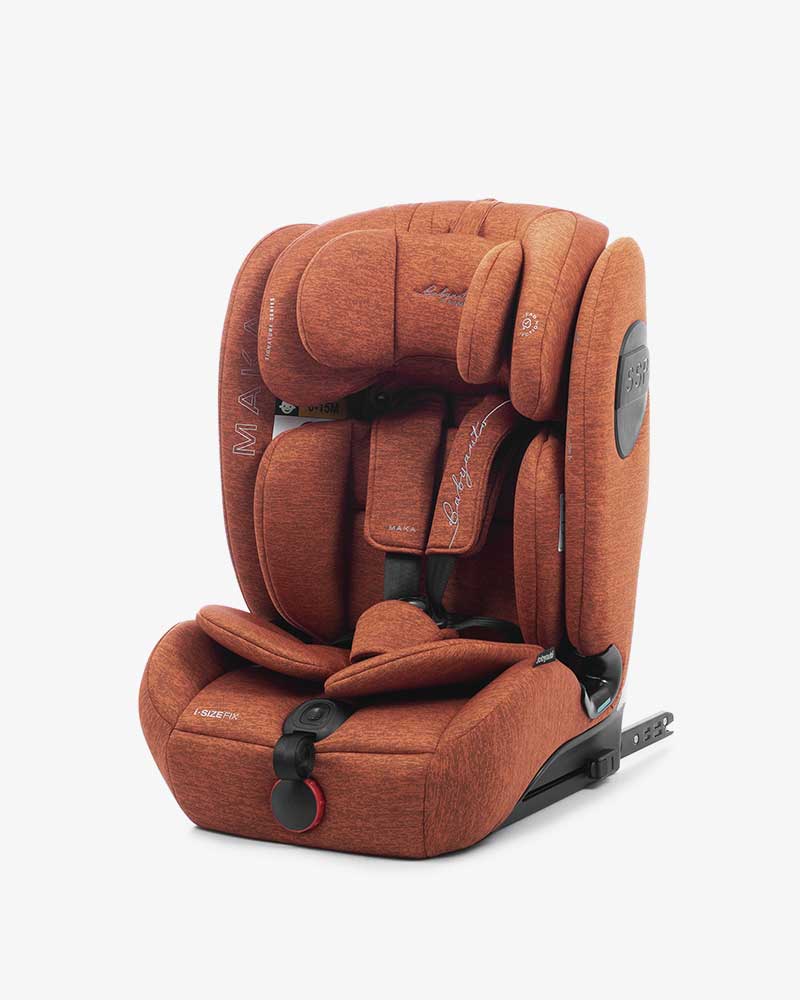
Burnt Orange
For a safer trip
The advantages of the ISOFIX system
The ISOFIX system, incorporated in some vehicles, greatly simplifies the installation of seats (groups 0+ and 1). Thanks to this technology, the use of seat belts for anchorage is avoided and the risk of incorrect assembly is reduced, for greater safety.
Anti-tip and anti-rotation systems
The ISOFIX system has recently improved thanks to new advances in anti-roll and anti-rotation. Thus, the Top Tether technology, present in some of our models, has proven highly effective in preventing the seat from tipping forward in the event of an impact.
Generally, this system is chosen over others such as the support leg, which is limited if our car has storage compartments on the floor that prevent firm support from this support.
How to choose the seat by age
Age is a guideline when choosing the best car seat for your child, which is why it is always more reliable to choose the safety device based on their height and, above all, their weight. If you have doubts about which model to choose, contact us without obligation.
How to position the car seat
The safest places to install any child restraint device are always the rear and central ones. For this reason, if your vehicle has more than two rows of seats, it is advisable to install the seat in the central one to reduce the risk of impact from either side of the car.
Adjust the seat according to the size of the child
The optimal adjustment of the height of the harness guarantees the correct installation of the child in the seat. It should be adjusted so that the seat harness is at or slightly above the child’s shoulders, never behind the back or at ear level.
Tips for taking care of the car seats
- Removable upholstery.
- Machine wash cold (30º).
- Air drying.
- Do not use bleach.
- Dry cleaning with any solvent except trichlorethylene.
- Do not iron or put in the dryer.
Travel in rearward facing
In the new regulations for child restraint systems ECE R129 (i-size), the group of experts from the United Nations (grsp) that regulates the regulatory development of CRS decided that the universal criterion is that children face backwards until the 15 months. Rear-facing child seats offer better protection especially in the event of a frontal impact, one of the most serious and common road accidents. In this type of collision, the impact forces are dispersed in the back of the seat, so the child suffers less deceleration and absorbs less energy than if they were facing forwards.
Although the R129 regulation recommends that children travel rear facing up to 15 months, the previous ECE R44 regulation (still in force) requires that they travel in this way up to 13 kg (group 0+) and, optionally, up to 18 kg ( group 1). In these cases, it is advisable to follow the instructions of the car seat and the vehicle in this regard, always bearing in mind that the child must travel in a comfortable position and that the passenger compartment of the vehicle must allow a correct installation of the seat.

